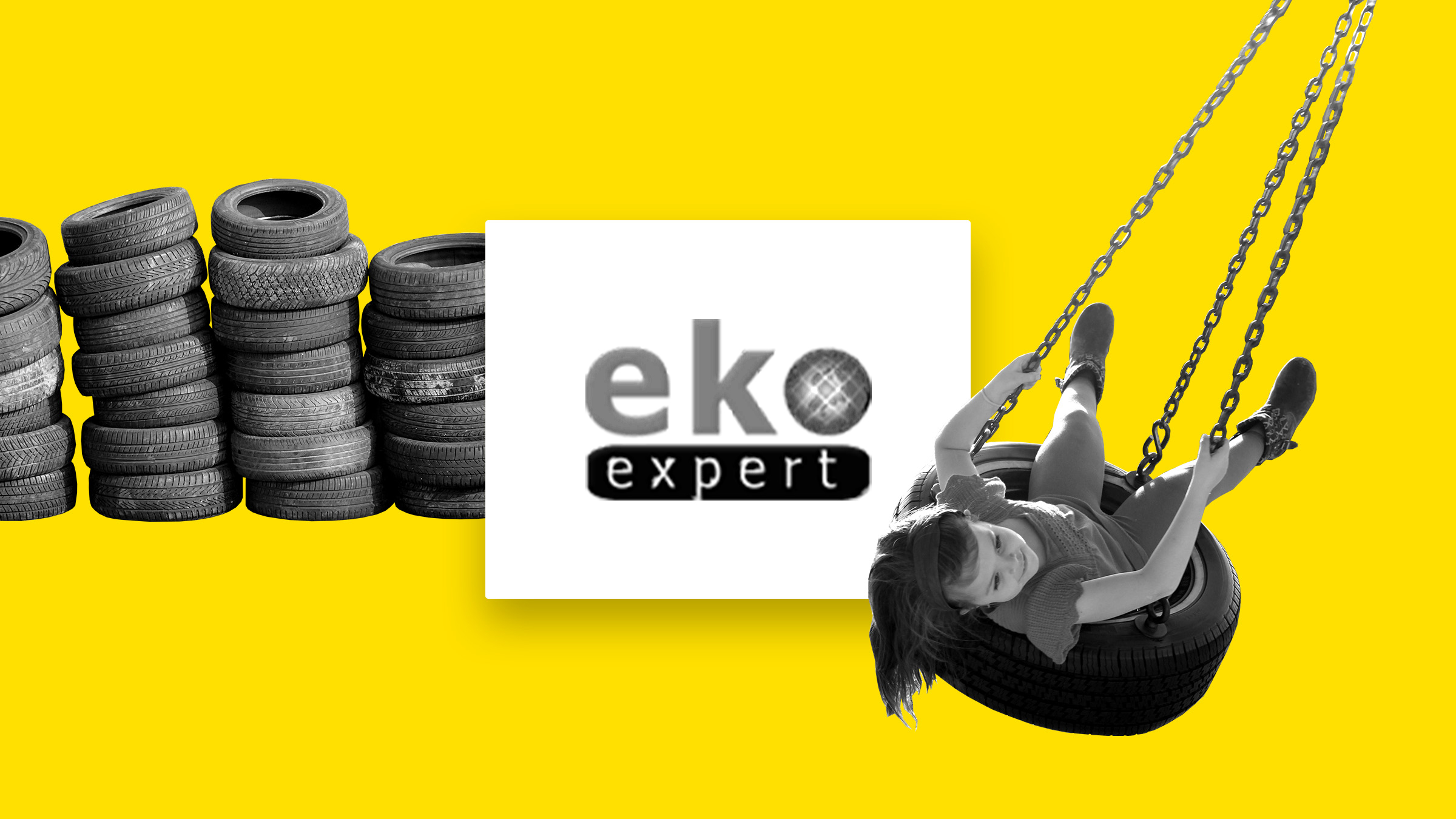Problem
Some 3 to 10% of insulation wool used by construction companies and house builders ends up as waste. No recycling programmes for mineral wool exist, and the disposing of it has been problematic.
Solution: recycled mineral wool from leftover material
Recycled mineral wool is an environmentally friendly and easy way to use surplus material. The service is available to precast element manufacturers, house builders, construction companies and roof contractors. A container for leftover wool is delivered to the construction site and replaced as needed. The offcuts are used to manufacture recycled mineral wool for insulation materials. Recycled wool has a small carbon footprint and helps to reduce landfill waste.
Revenue logic and benefits to Eko-Expert
Thanks to the cost-effective manufacturing process, the company gets a good margin from the sale of the wool. Customers who do not need recycled wool from Eko-Expert pay for the transportation of their leftover wool. The company has turned its long-nurtured idea into new business, which is attracting attention worldwide and helped the company build new contacts.
Benefits to customers
The business model is highly cost-effective for customers, as it minimises waste charges and transport costs. Recycling rates can be increased significantly, which helps make the customer’s production processes more environmentally friendly. The collection container is generously sized, which reduces the number of collections and enables it to be used even in remote locations. Construction and production sites can be kept tidier, less space is needed for wool leftovers and health and safety standards are improved. The end result is an environmentally friendly and competitively priced product for industrial applications.

















Recommended
Have some more.